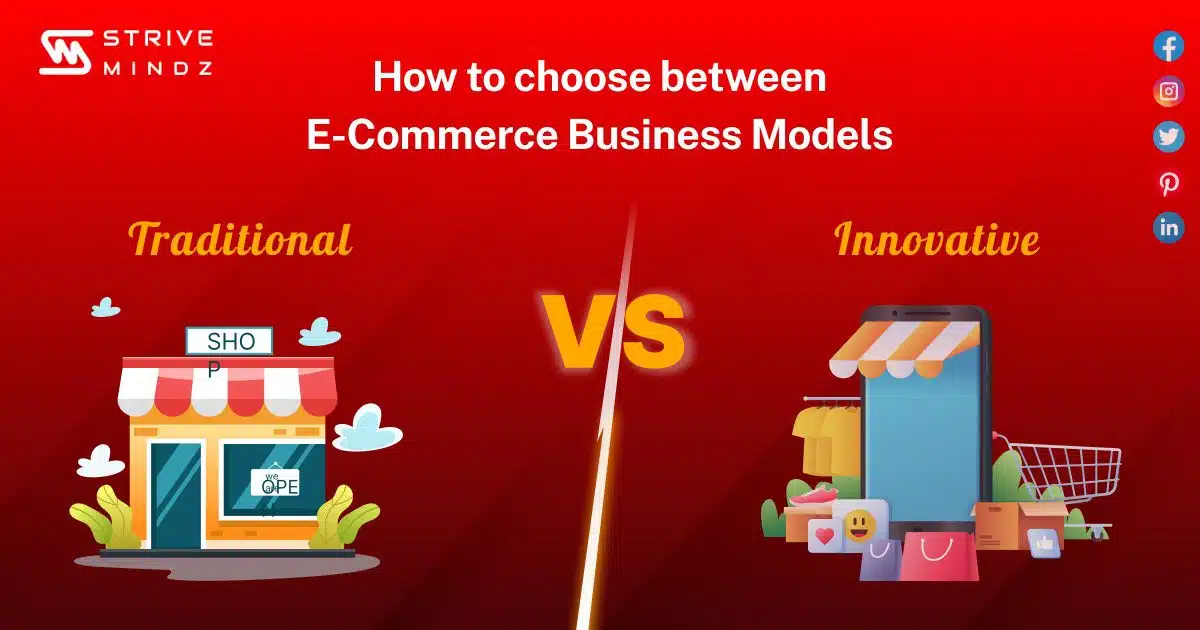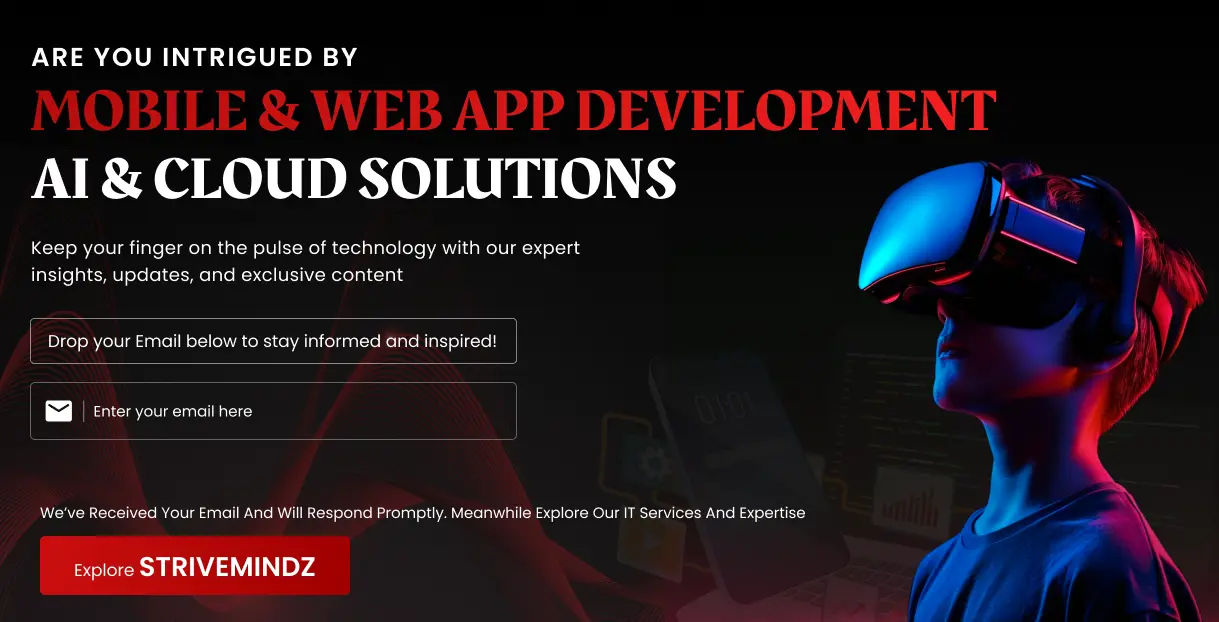How to Choose Between Traditional & Innovative Ecommerce Business Models

The traditional business model is a constructive constituent that hindered all the policies set up generations back and seems to be a constituent bringing in profit at a constant rate. Up-scaling, down the line, if the companies decide to pro-long to innovate the old analogies with a risk of bringing more profit or suffering in any losses if it comes out to be, then this ideology comes under eCommerce business practices.
To over-assure all the differences and opinions on these two business models, our company has developed this super-informative blog, which envisions bringing a change to develop a new product or upscale the old one.
Whether you are new to eCommerce or intend to develop your online business, understanding the eCommerce business models used by your company is the cornerstone to success.
The Traditional and Innovative eCommerce Business Models
-
Business to Consumer (B2C)
It’s no secret that online marketplaces like Walmart offer B2C eCommerce models. If you have bought sneakers you’ve admired for days or a t-shirt that fits your style perfectly, you’re already familiar with B2C e-commerce. It is, in theory, a retail model that entails an online commerce transaction between an eCommerce company and the end-user.
It’s the business model that most people associate with eCommerce. However, the sales cycle is usually brief since the items are exchanged amongst the major parties involved. As a result, B2C online shops often receive more orders than B2B enterprises, but the order value is smaller, resulting in lesser income. Amazon, Walmart, and eBay use the B2C approach.
-
Business to Business (B2B)
The classic B2B eCommerce business model is used when businesses offer products and services to other companies. Most of the time, the purchasing company is the one that sells the goods or services to the customer. The end-user is, nevertheless, sometimes the service provider. A typical example may be a web development company that builds a website for a customer. This isn’t to say that all firms that follow this model provide services. For example, the B2B approach would be used by a firm that sells office furnishings. If you’re a manufacturer who sells raw materials or finished goods to another company, you’ll be a member of the B2B eCommerce ecosystem. Compared to B2C, the volume of transactions between firms is significantly lower. The order value, on the other hand, is usually considerably greater.
-
Consumer to Business (C2B)
This classic eCommerce business strategy is not conventional, at least when considered superficially. Have you heard of Upwork or Freelancer, two freelance websites? They rely on an eCommerce approach to run their business. Consumers may demonstrate their ability in their specialized industry on these platforms, and companies looking for comparable services can look at their work and employ them.
A C2B transaction occurs when a client provides goods or services to a business for it to contribute to business operations. Even though purchased evaluations are unethical, online eCommerce companies swear by their value and are in high demand. The C2B approach may also be seen on websites like Shutterstock, where users post their work and businesses acquire the rights to use it.
-
Consumer to Consumer (C2C)
In this typical eCommerce business model, both the vendor and the customer (end-user) are consumers. They meet on a third-party website such as eBay, which has an auction mechanism. Craigslist and Etsy are two more similar sites where people may sell new and used products. This business model is advantageous for purchasing and selling customers since no intermediaries are involved, the profit margins are large, and the cost is cheap. The revenue generated by C2C websites like eBay primarily comes from listing items and connecting buyers and sellers. However, the product’s quality may not always be sufficient because of a lack of quality control power.
How to Pick the Best Ecommerce Models for Your Company
It’s challenging to decide which eCommerce company strategy to pursue. Strivemindz, a well-known E-commerce development business, will assist you in simplifying this decision-making process by outlining the factors that will lead you.
-
Audience You’re After
You must have considered who your product line would serve while making your decision. You might consider expanding your market as time passes, but knowing your target audience is the most critical step. Do you wish to sell to individuals or businesses? Do you want to be a retailer selling things directly to customers or a wholesaler selling bulk products to retailers?
-
Available resources
After determining the kind of audience you’re targeting, you need to determine whether you have the resources to cater to them. A wholesaler, for example, must have large amounts of things on hand, but a retailer must retain stock in smaller quantities. When you have a limited budget, opt for a model with fewer resources. You might, for example, go for B2C with dropshipping as a subset.
-
Product/Business Characteristics
Understanding what you do in the actual world is critical when deciding on a company plan.
For example, if you’re a manufacturer, your best bet is B2B—firms that can sell your products to end-users.
-
Competitivity Level
If you’re willing to compete fiercely and are content with less expensive items but require more clients, B2C is the business strategy. On the other hand, if you want fewer but higher-paying consumers, the B2B business model is the way to go.
How Many eCommerce Business Models are there? Or is there a Fifth Model?
Four classic business types (C2C) include business-to-consumer (B2C), business-to-business (B2B), consumer-to-consumer (C2C). Of course, there are various alternative models, such as Business to government (B2G), that you may find when exploring the Internet. Still, these four classic types will assist you in determining the best eCommerce model for your company.
Innovative Business Model Examples to Unleash Your Creative Spirits
The Airbnb business model is an excellent
example of running a successful online business. It connects the traveller (travellers) with the hosts (homeowners).
Hosts can rent out their spaces. Potential visitors must use the Airbnb app to pay if they wish to stay. The best aspect is that the corporation owns none of the properties listed. The app is popular among guests since it allows them to have a genuine experience by remaining close to the locals. Hosts prefer it since they only have to pay the fee when serving a visitor.
Read Also: Why Your eCommerce Business Needs a Mobile App in 2023?
End Thoughts
Now that you understand various eCommerce business concepts, it will be easier to lay a solid basis for a successful online business. Next, analyze your product and resources to determine whether you want to offer a self-created product, discontinue shipping, or go with white-labelling or private labelling. Our eCommerce development company strives to assist you in choosing the best option when creating an eCommerce website or promoting your items online.

